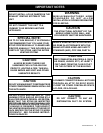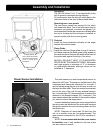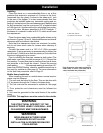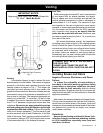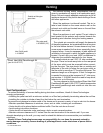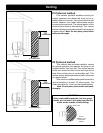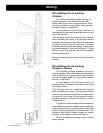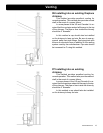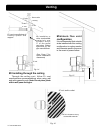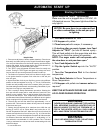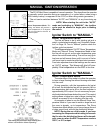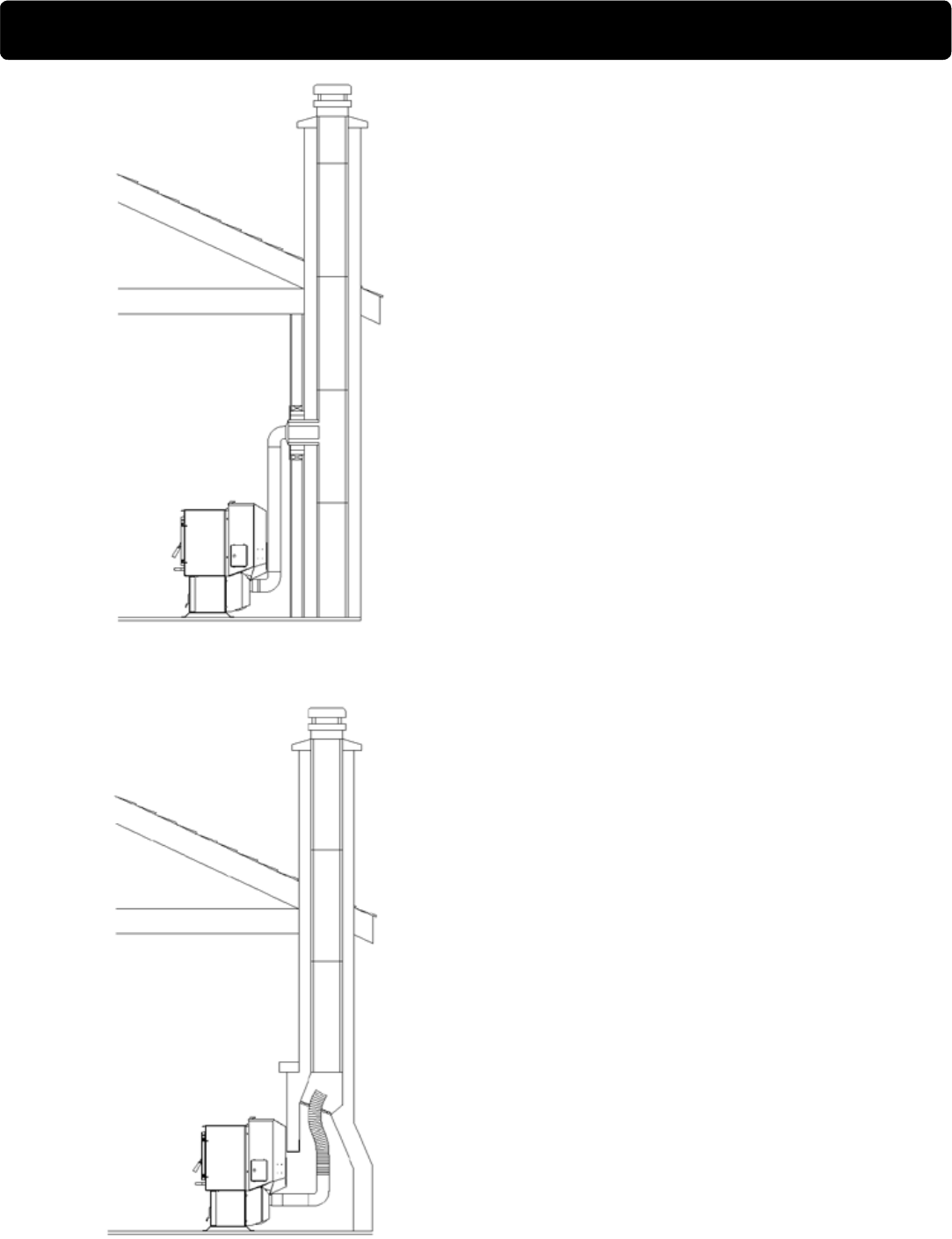
12
P61A Pellet Stove
This method provides excellent venting for
normal operation. This method also provides
natural draft in the event of a power failure. If the
chimney condition is questionable* you may want
to install a liner as in method #7.
In some places in the US and Canada it is
required that the vent pipe extend all the way to the
top of the chimney.
*The chimney should be inspected and cleaned
before installing your stove. If you discover that the
chimney does not have a clay tile liner or has cracks
or aking of the tile liner you will need to install a
stainless steel liner within the chimney. In most cases
the inside diameter of this liner should be 4". Either
exible or rigid liner may be used for this purpose.
Refer to Method 6 & 7.
Be sure to design the venting so that it can be easily
cleaned.
This method provides excellent venting for
normal operation. This method also provides natural
draft in the event of a power failure. If the chimney
condition is questionable* you may want to install a
liner as in method #6.
In some places in the US and Canada it is
required that the vent pipe extend all the way to the
top of the chimney.
*The chimney must be inspected and cleaned
before installing your stove. If you discover that the
chimney does not have a clay tile liner or has cracks
or aking of the tile liner you will need to install a
stainless steel liner within the chimney, as shown
in Method 6 & 7.
The chimney must be sealed at the damper us-
ing a steel plate. Kaowool, mineral wool or other non-
combustible insulation is recommended above the
plate to reduce the possibility of condensation. The
connector pipe should extend through the smoke
chamber to the base or into the rst ue tile.
Be sure to design the venting so that it can be
easily cleaned.
Fig. 10
Fig. 11




